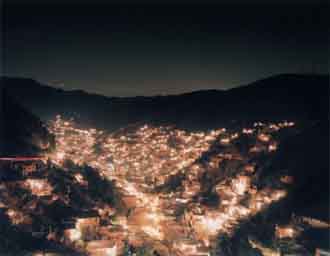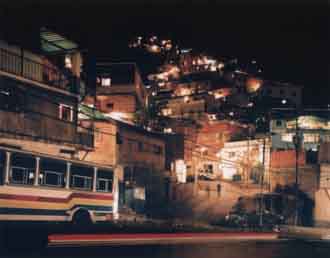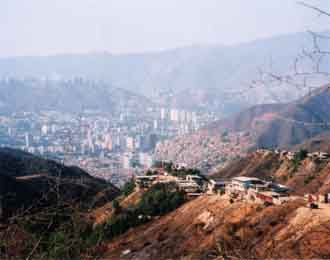
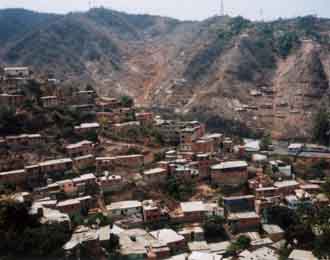
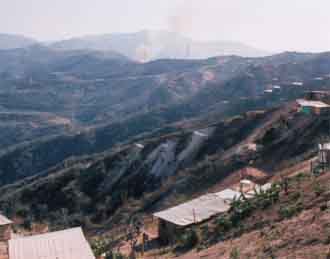

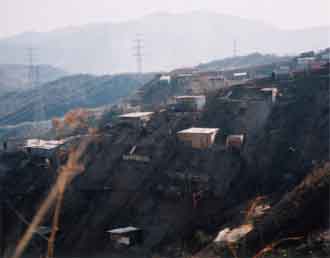
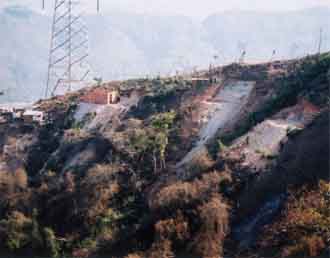
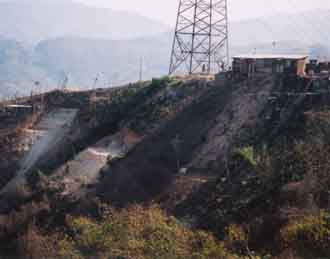

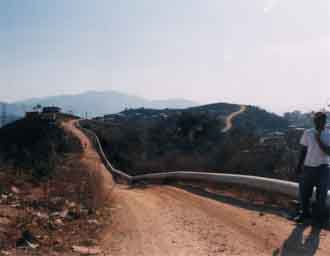
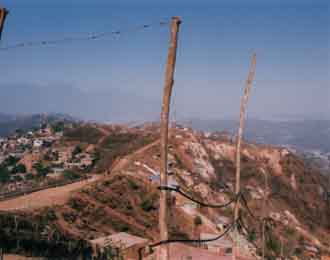
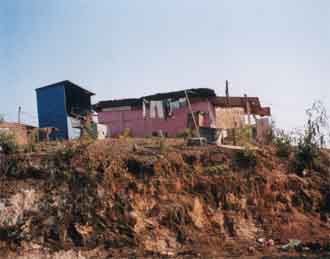
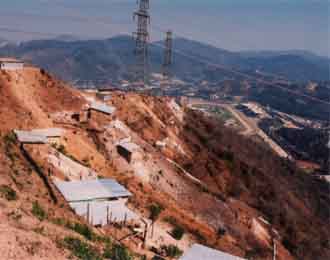
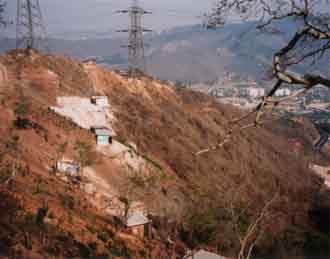
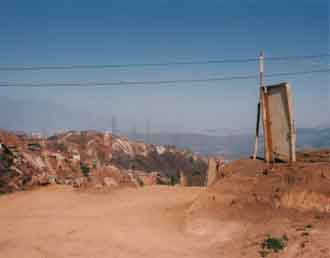
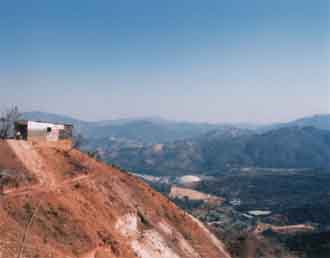
|

Learning from La Vega
Venezuela's housing projects began in the early 40s with Villanueva's El Silencio project: the first government-backed housing project in Latin America. Central to our research in Caracas will be the relationship of historic modernist housing projects from the 50s and current informal urban restructuring processes. By tracking the residue of the modernist concepts we will investigate a series of intertwined tensions within the Caracas urban territory.
How have architectural and urban structures and territories in Caracas been appropriated, "reterritorialized" and transformed by the people who live there?
Our investigation questions how architecture itself (for example, the housing Superblocks, the City University of Caracas, etc.) and its related social programs have been altered over time through everyday use and longer-term political transformations. How has the modernist promise of shaping the city and social space, as well as society and national citizens, been transformed due to shifts in both local and global economics and politics?
How do these social housing projects, realized under very different social and political conditions, and now embedded within the barrios, function within current (informal) conditions?
These questions are underpinned by a series of relationships which address the changes that urban territories are currently undergoing. These relationships include the pressures of globalization on the urban territory; the relationship of architecture and state-funded programs for housing to the dominant self-organized and community-organized production of housing. A buildingprocess which is partially regulated or unregulated, not administrated but driven by needs and caused by the history of inequity and exploitation in Venzuela;and the relationship of the new governmental programs to the everyday practice of building the city. Since 1998 when Hugo Chavez and his MVR Party came into power, unique processes are underway -- processes which are initiating a change in approaching the city and its inhabitants.
Outskirts of La Vega
The following images show the outskirts of La Vega. We were invited to take a tour to see the areas of ongoing 'invasions' (as they are called) done by new-comers to Caracas from the Venezuelan countryside.
First terraces are cut into the hillside and then brickstone ranchos are built. What appears quite basic and simple is accompanied by various risks and uncertainties due to unstable ground and the risk of removal. With no official access to infrastructure (water and electricity), no access to capital or bank-loans, no legal titles to name only a few challenges, the process of building a rancho is precarious and relies on the social relations of the barrios to succeed.
F.,A. and R. who took us with them on that tour, and with whom we continue to exchange information about community work and related politics, explained the necessity of basic organizational work to create the social literacy of the barrio.
|















